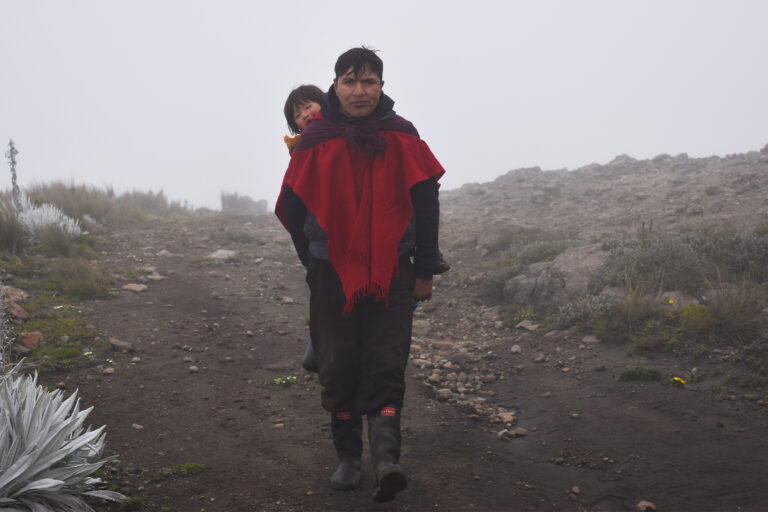by Aimee Gabay on 14 February 2024
- In the central highlands of Ecuador, land managed by Indigenous peoples and local communities is associated with improved outcomes for drought adaptation and páramo conservation, according to a new study.
- The study finds that páramo areas managed by communities in this region are better protected than those under the care of the state.
- Due to the advance of the agricultural frontier in the highlands, approximately 4 hectares (9.9 acres) of páramo are lost every day, which threatens the water supply of the entire region.
- Community-led land management that incorporates inclusive participation, traditional knowledge and the cultural values of those who inhabit the areas, coined by reseachers as “social technology,” can aid in the conservation of the páramo.
A recent study found that high-altitude ecosystems in the Andes, known as the páramo, managed by eight communities in Ecuador have led to a reduction in soil and vegetation decline, due to the incorporation of a concept called “social technology.”
According to the paper, published in Mountain Research and Development, community-led conservation initiatives were more effective in curbing páramo loss than state-protected areas, demonstrating the importance of social technology for drought adaptation and páramo conservation.
Social technology, understood in the Latin American context as tecnología social, is the application of social, political, scientific and digital resources to redefine the arrangements among social groups and processes in everyday life, particularly for production and consumption. It involves the inclusive participation of the entire community in this design and implementation of project proposals and recognizes the importance of local knowledge, dynamics and capacities.
“Communities [in these reserves] concerned about the lack of water have realized that they need to take action and have therefore consolidated a set of actions that address three key issues; land use, livestock management and community governance,” María Cristina Torres, lead author of the study and professor at Ecuador’s National Polytechnic School, told Mongabay. “This is called social technology because the actions have been adopted by an empowered community, open to cooperation and agreements, and aware of the importance of protecting the páramo.”


